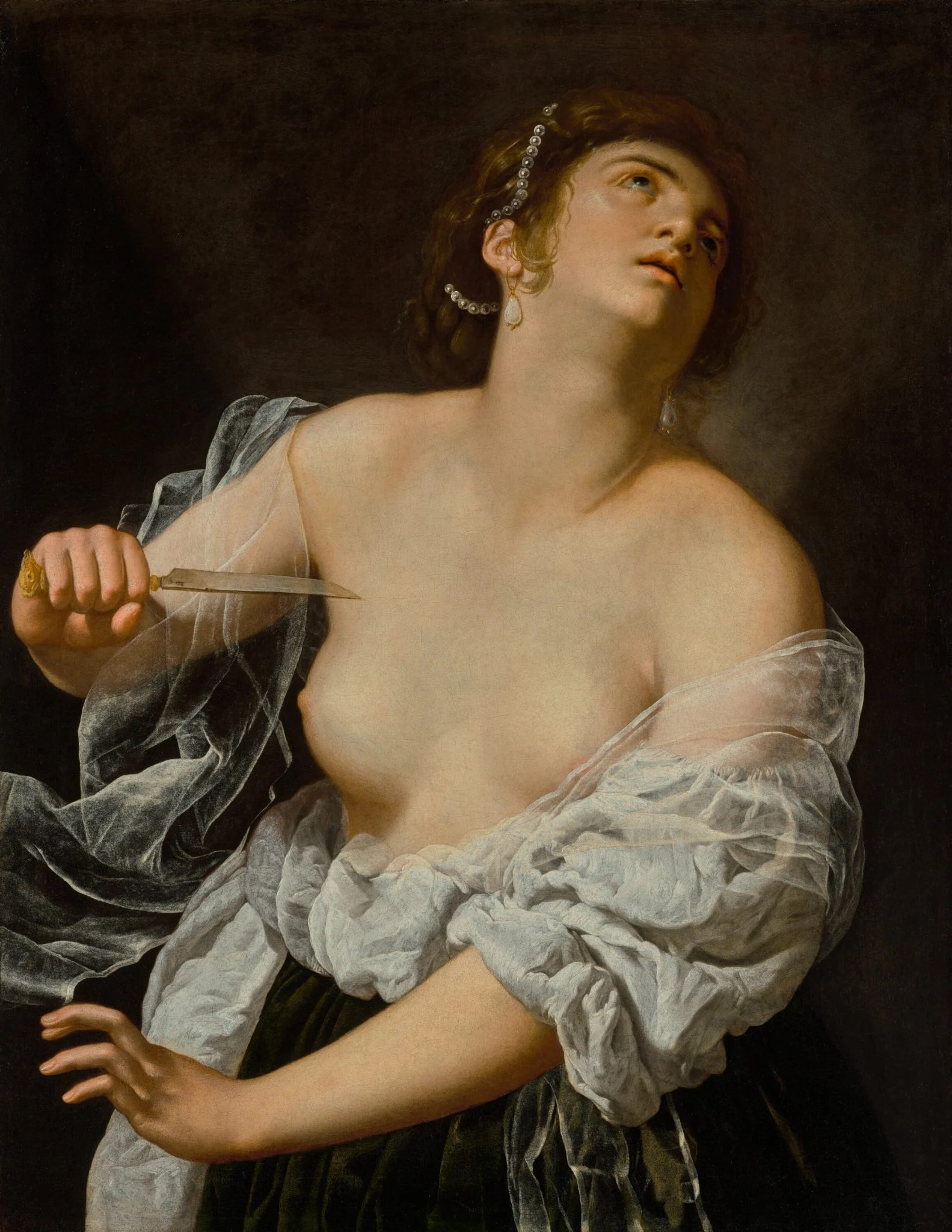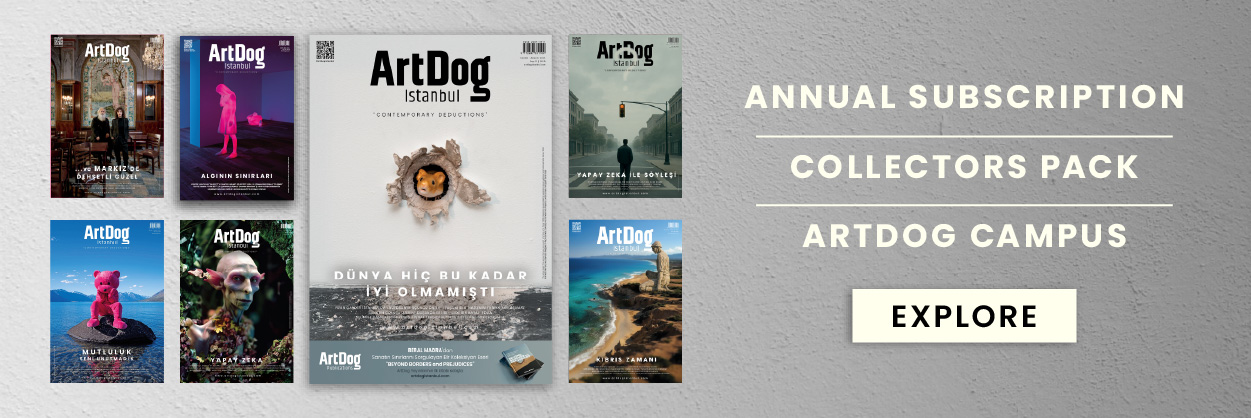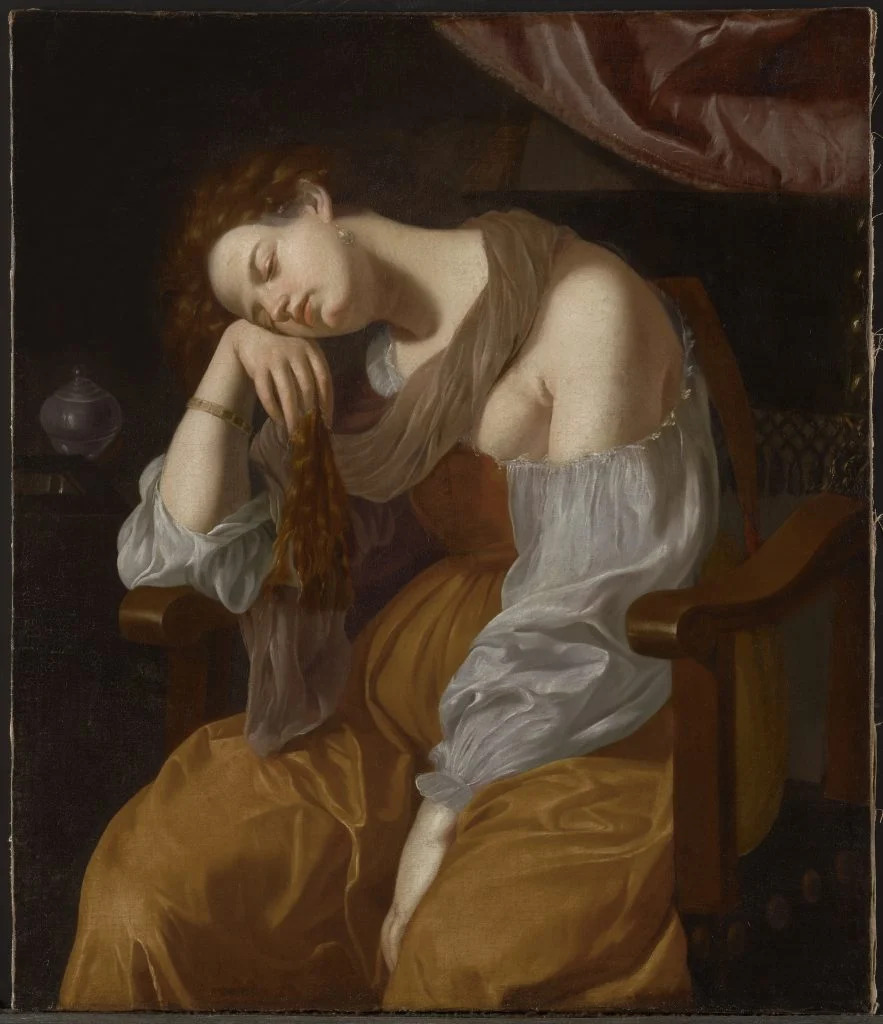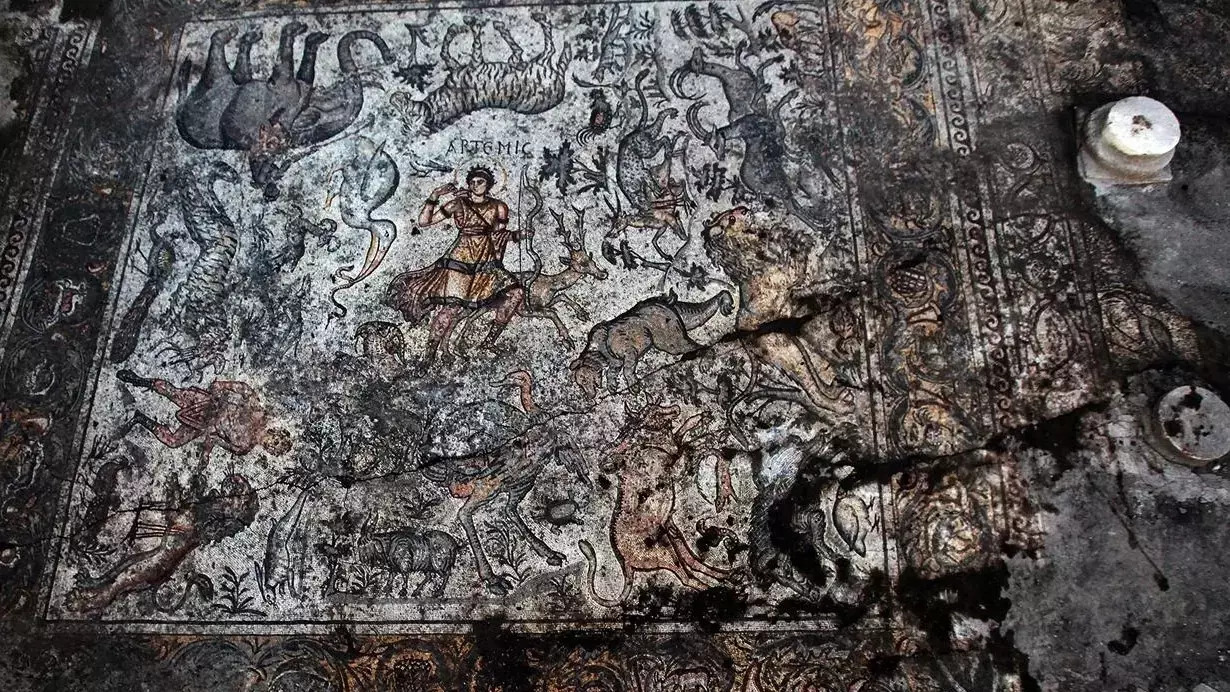A long-lost painting by Artemisia Gentileschi (1593–ca. 1656) titled Penitent Mary Magdalene (ca. 1625–26) has been acquired by the Kimbell Art Museum in Fort Worth, Texas. This Baroque masterpiece was publicly unveiled on Friday, marking the first time it has been seen since the 17th century.
Museum director Eric Lee commented that the Kimbell had long desired a work by Gentileschi but had not found the right piece for its collection until now.
Gentileschi, a significant figure in art history, was a follower of Caravaggio and initially trained under her father, the Mannerist painter Orazio Gentileschi. At 17, she was raped by her teacher, Agostino Tassi, and had to endure torture in court to substantiate her claims. Despite these challenges, Gentileschi achieved notable success as a female artist of her time, earning patronage from figures such as Cosimo II de’ Medici, Grand Duke of Tuscany, and King Charles I of England.

Penitent Mary Magdalene was likely commissioned by Fernando Enríquez Afán de Ribera, the third Duke of Alcalá and Viceroy of Naples, during his tenure as the Spanish ambassador in Rome. Artemisia Gentileschi completed the painting shortly after creating one of her renowned works, Judith and Her Maidservant with the Head of Holofernes (ca. 1623–25), now housed at the Detroit Institute of Arts.
The duke displayed Penitent Mary Magdalene at his residence, the Casa de Pilatos, in Seville. The painting gained fame and was replicated by several artists, with notable copies found at Seville Cathedral and the Museo Soumaya in Mexico City.
Mary Magdalene is a frequent subject in Gentileschi’s oeuvre, which often highlights female figures and is seen as proto-feminist. In this painting, she is depicted in a moment of repentance, closing her eyes as she turns away from sin to embrace Christ. The painting’s provenance is somewhat unclear; after being passed down through the duke’s descendants, it eventually vanished from public records.
In 2001, Penitent Mary Magdalene reappeared at a Paris auction by Tajan, initially listed as a studio piece. Despite this, bidders believed it was an original work, leading to its sale for FF 1.5 million ($206,441), far exceeding the high estimate of FF 80,000 ($11,010), marking a 1,875 percent increase.

The painting was initially quite dirty and had some clumsy overpainting that covered Mary Magdalene’s upper breast and armpit, but these additions were easily removed during conservation.
The Kimbell Art Museum believes the painting has otherwise undergone very little alteration over the centuries, still mounted on a rare 18th-century strainer, which is less commonly replaced compared to stretchers.
The reattribution of the painting to Gentileschi was first announced in Apollo Magazine in 2021. Cleaning revealed convincing evidence of her authorship, including the subtle play of light and shadow on Magdalene’s neck and the distinctive treatment of lace and drapery. Additionally, two visible pentimenti—revisions made by the original artist on the neck and right arm—support this attribution, as such changes are unlikely to have been made by a copyist.

The copies of Penitent Mary Magdalene lack the clarity seen in the Kimbell’s version, with differences such as a tassel on the curtain in the original versus a wooden element in the Seville copy, and the loss of details like the pewter ointment jar and mirror. Museum director Eric Lee emphasized that seeing the newly rediscovered original in person is unmatched in its emotive quality and detailed artistry.
The painting was purchased by Adam Williams Fine Art for the Kimbell from a private American collector who acquired it in 2001, though the price is not disclosed. Despite Gentileschi’s fame during her lifetime, her work fell into obscurity until feminist scholars began rediscovering her in the 1970s, and recent renewed interest has been driven by the #MeToo movement and rising sales.

In 2014, Gentileschi set a record with the £602,500 ($945,988) sale of Bathsheba at Her Bath and achieved her first million-dollar auction result with Mary Magdalene in Ecstasy. Recently, eight of her works have sold for over $2 million, including Allegory of Sculpture, which fetched $2.36 million in July 2023. The highest auction result for her work is €4.8 million ($5.28 million) for Lucretia, sold in 2019 and acquired by the Getty Museum.

In recent years, several major museums have made significant acquisitions of Gentileschi’s work. The Wadsworth Atheneum Museum of Art in Hartford, Connecticut, acquired Self-Portrait as a Lute Player (ca. 1616–18) in 2014. In 2018, London’s National Gallery purchased Self Portrait as Saint Catherine of Alexandria for £3.6 million ($4.7 million), which became the centerpiece of the museum’s pioneering 2020 solo exhibition dedicated to Gentileschi, the artist’s first such show.
The Kimbell Art Museum has displayed Penitent Mary Magdalene alongside its existing collection of late 16th- and early 17th-century Italian art, including Caravaggio’s Cardsharps (ca. 1595) and Guercino’s Christ and the Woman of Samaria (ca. 1619–20).







